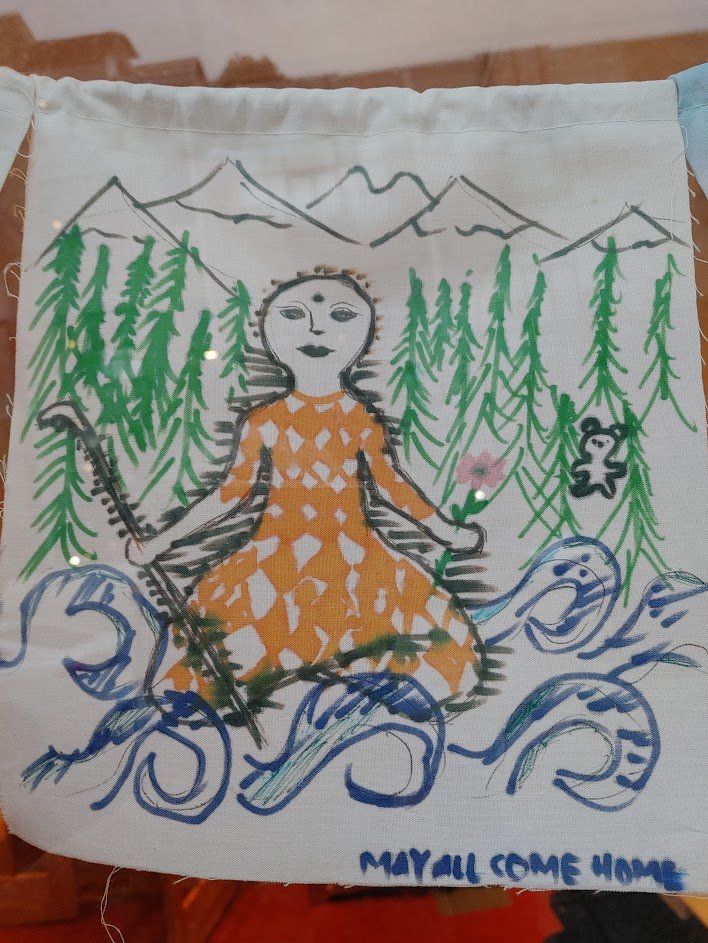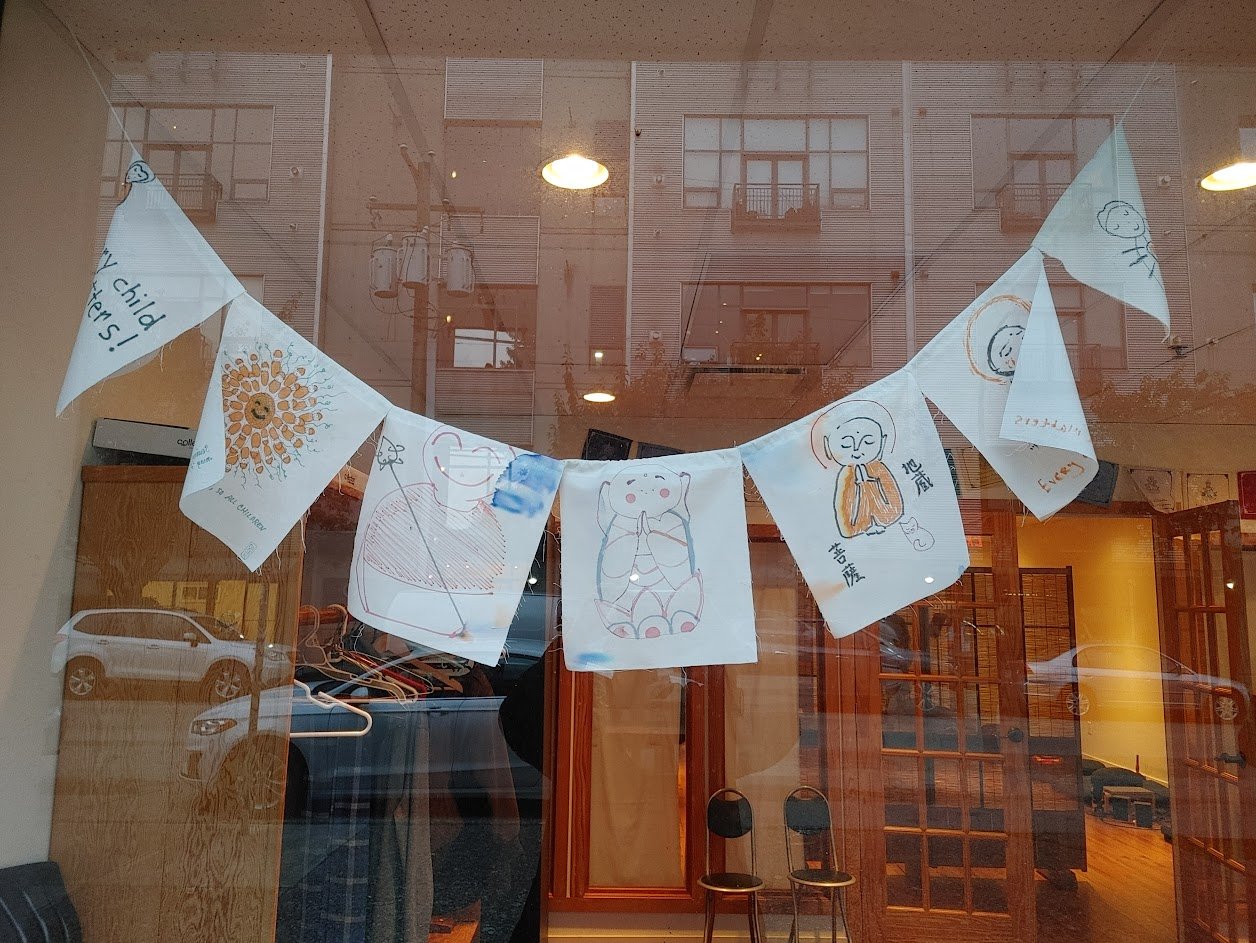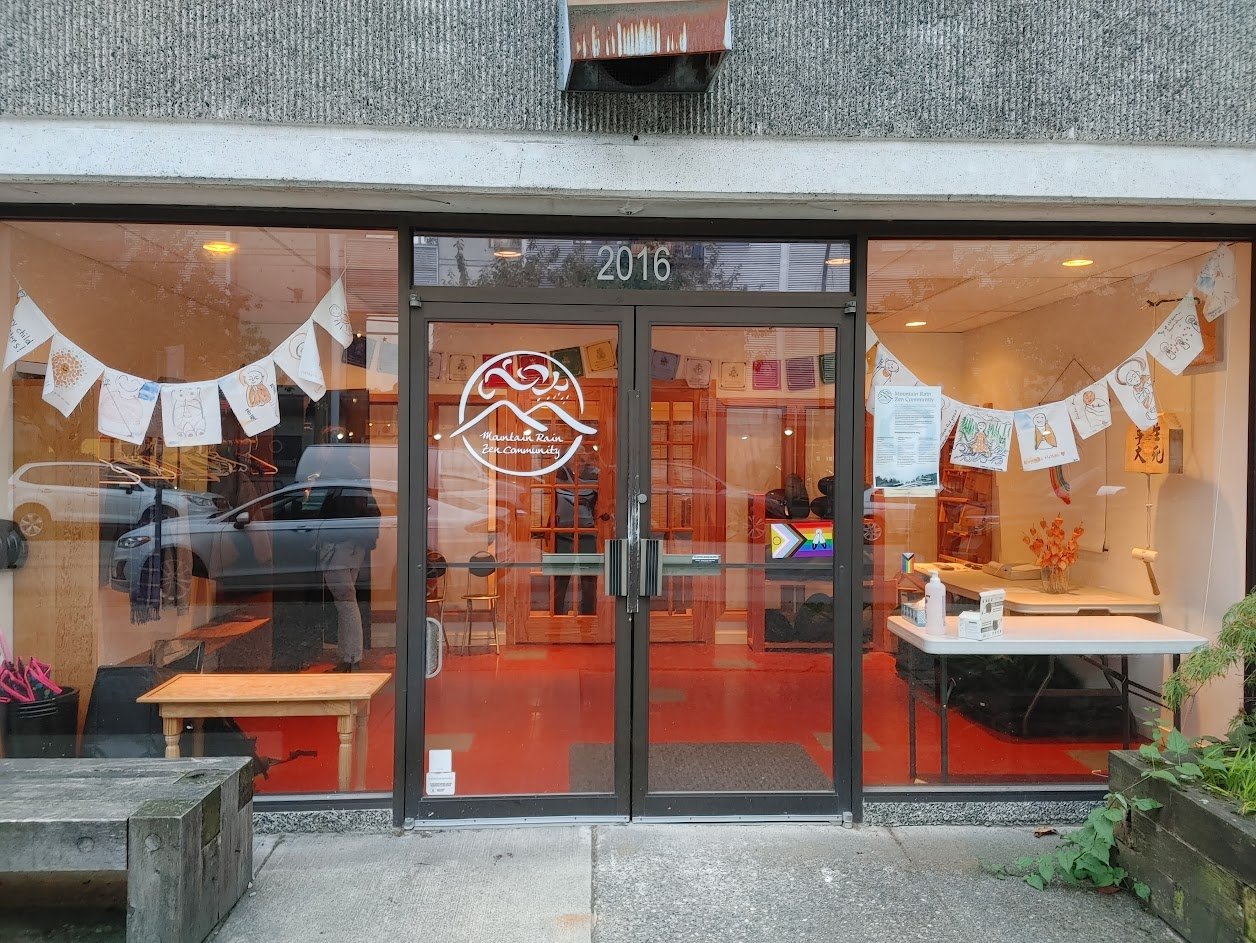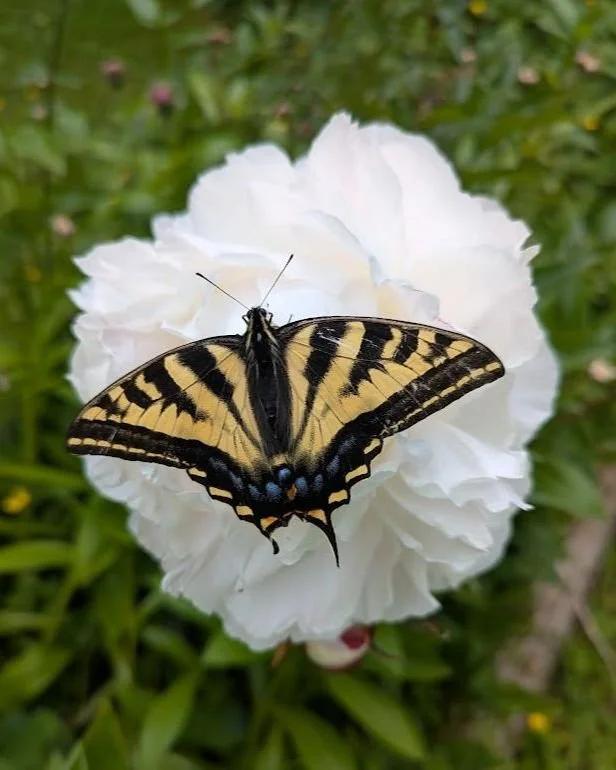Suggested Reading for the 2023 Mountain Rain Practice Period
/The Book of Serenity, translated by Thomas Cleary (For an online copy google: Book of Serenity Thomas Cleary PDF. It will appear on a strange website called Terebess, with both the Chinese and the English translation.)
The Book of Equanimity: Illuminating Classic Zen Koans. Translated by Jerry Shishin Wick. Newer translation with commentary by a contemporary American Zen teacher.
The True Dharma Eye: Zen Master Dogen’s Three Hundred Koans. Translation and commentary by John Daido Loori. This is a collection of koans made by Dogen without commentary. Loori provides his own commentary and verses, as well as very useful appendix showing which of Dogen’s koans appear in the Blue Cliff Record, The Book of Serenity, the Gateless Gate, and Dogen’s other writings, the Shobogenzo and Eihei koroku. For those who want to explore Dogen’s way of engaging with the classic koans.
Further reading:
There are many other books on koans, both earlier commentaries and more academic studies, but these are the most accessible.
Sitting with Koans: Essential Writings on the Practice of Zen Koan Introspection. Ed. John Daiko Loori Recommended anthology.
Nothing is Hidden: The Psychology of Zen Koans. Barry Magid. A psychological perspective by a contemporary American Zen teacher.
Two Arrows Meeting in Mid-air: The Zen Koan. John Daido Loori
Introduction to Zen Koans: Learning the Language of Dragons. James Ishmael Ford. Accessible introduction by a contemporary American Zen teacher.









